'Linz' Dial 6564 Rolex Oyster Perpetual
This is a Linz-signed Oyster Perpetual, and it’s about as emblematic of an entirely different world in watches as it’s possible to be. If you’re used to Rolex, this dial might look a bit strange to you. Let me give you a hint: look under the coronet. Imagine any retailer, even Bucherer, taking delivery of a few OPs today and asking Jean-Frederic Dufour, ‘These are great, but would you mind getting rid of that gauche Rolex at 12 and instead putting our name there?’ Jean-Frederic Dufour probably has the SAS on speed dial, ready to ‘renew’ your AD staff, for such occasions. In 1957, this actually happened.


Linz, or to give them their properly signed and quite strange capitalization, LiNZ, were a retailer in Dallas, Texas founded by five brothers in 1877 (families were larger then). In 1945, Rolex began selling to the US market through them. This was the earliest dial they signed, though there are later Daytonas as well, which you really never see. But the humble OP here stands out because it’s the only retailer signature (barring sheikhs and crests) to replace Rolex at 12 that I know of. Where else are you going to find Rolex and OP written under the handstack? Nowhere, absolutely nowhere. Moreover, it’s a ref. 6564, an Oyster Perpetual introduced in ’55 with simple, restrained arrowhead indices. It has the kind of elegance you’d usually associate with another Swiss house that rhymes with Batek.
This is, if you know Rolex, unbelievably wild. And perhaps more emblematic of an era now long, long gone. This was back when Rolex didn’t have a stratospheric ego, LiNZ were doing their thing getting Rolex out to the West of the US, and the Oyster Perpetual didn’t look like it had just caught syphilis. Plus, how cool is the direct tie to Dallas? There isn’t much in vintage Rolex that ties directly to the US. Now, the 5100 ‘Texano’ already has the nickname, as lore goes people thought back then you’d have to be an oil billionaire to be able to afford one and so the name. But this one’s actually from Texas, not just valuable, though it certainly is that as well. I’ve also spent about two hours today trying to find why the retailer signed their name ‘LiNZ’, and I have nothing, so if anyone has the story behind that capitalization please clue me in. What a subtle, fabulous, and historic OP.

As examples go its lovely. The dial is most important here, and while there’s some very light signs of moisture but it’s magnificently preserved still. All lume here is radium but pretty small applications that are almost as golden as the case. The case is relatively full, a light polish but that’s pretty much it. It comes from a well-regarded Swiss retailer.

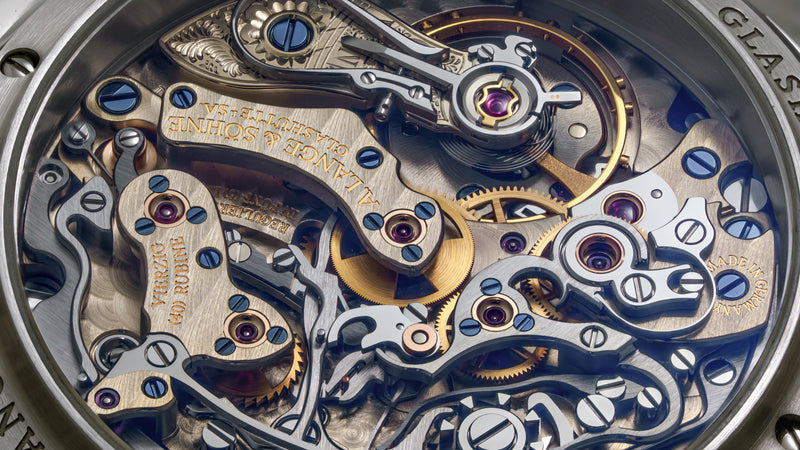






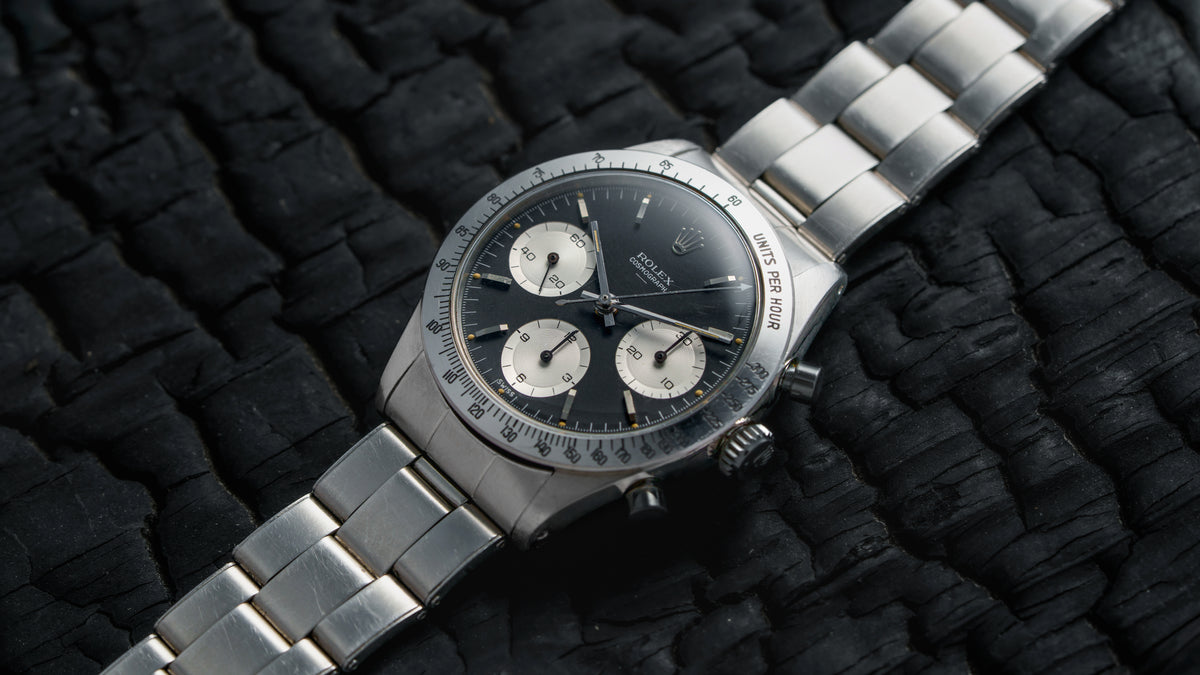






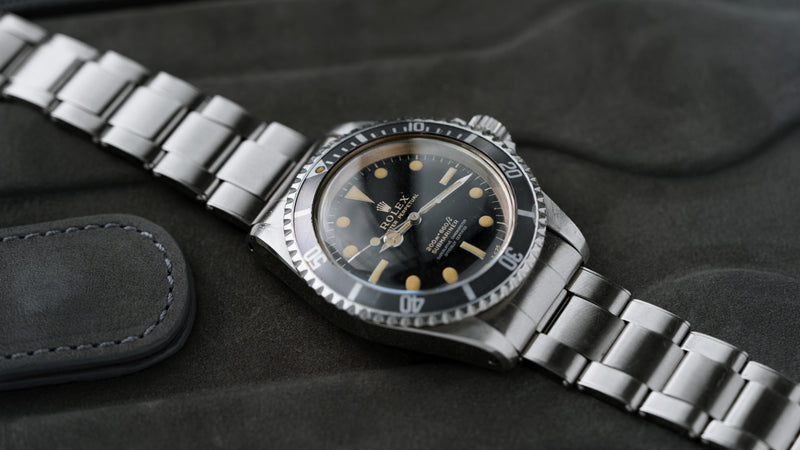



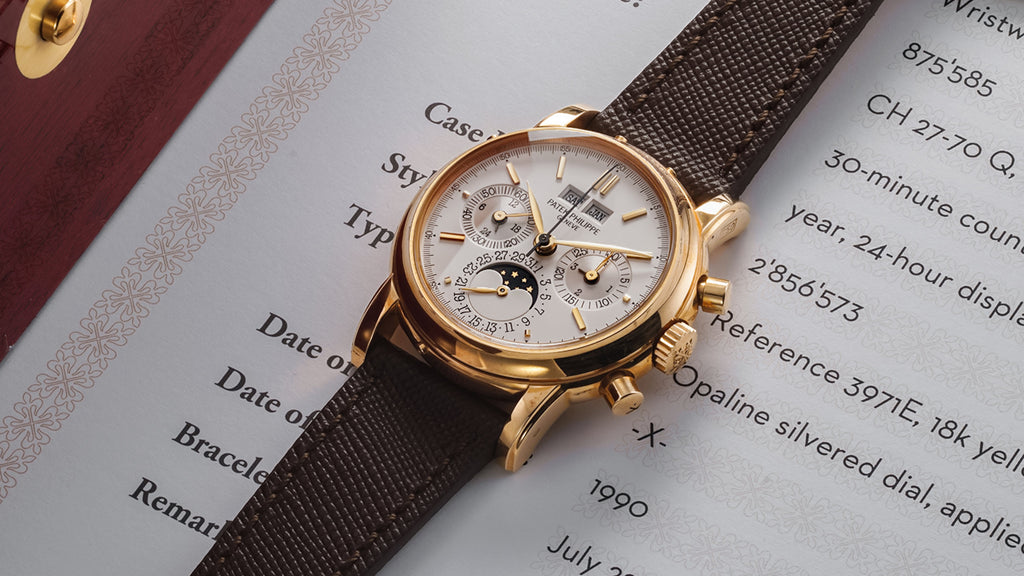








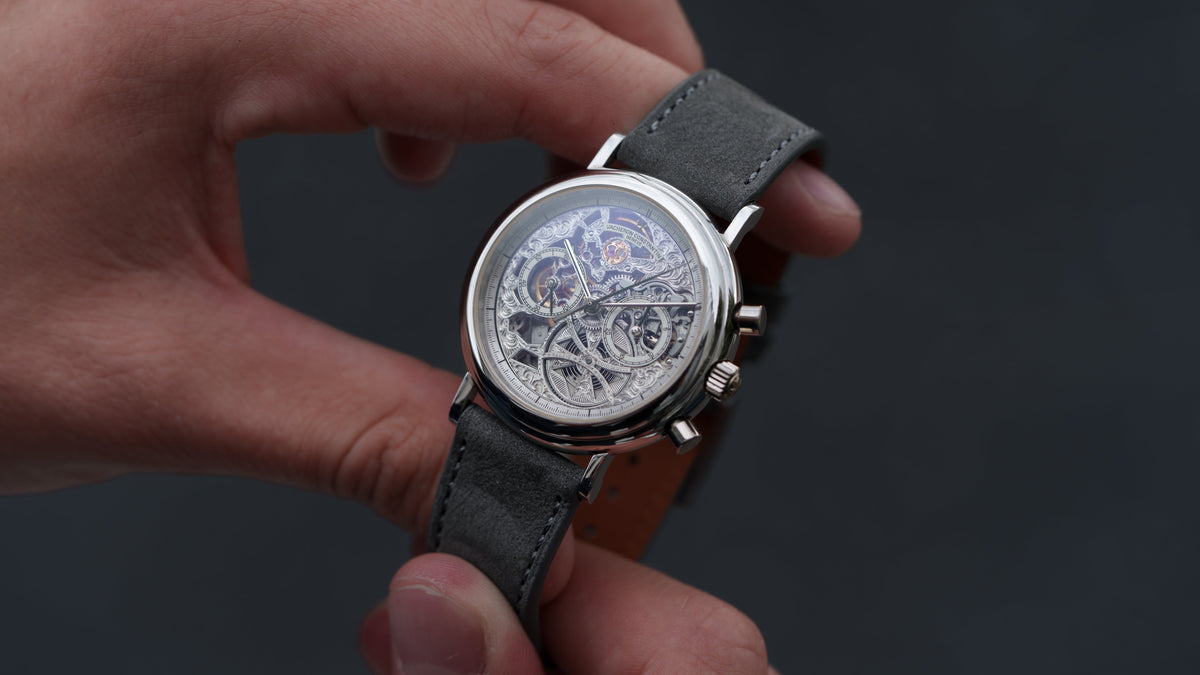




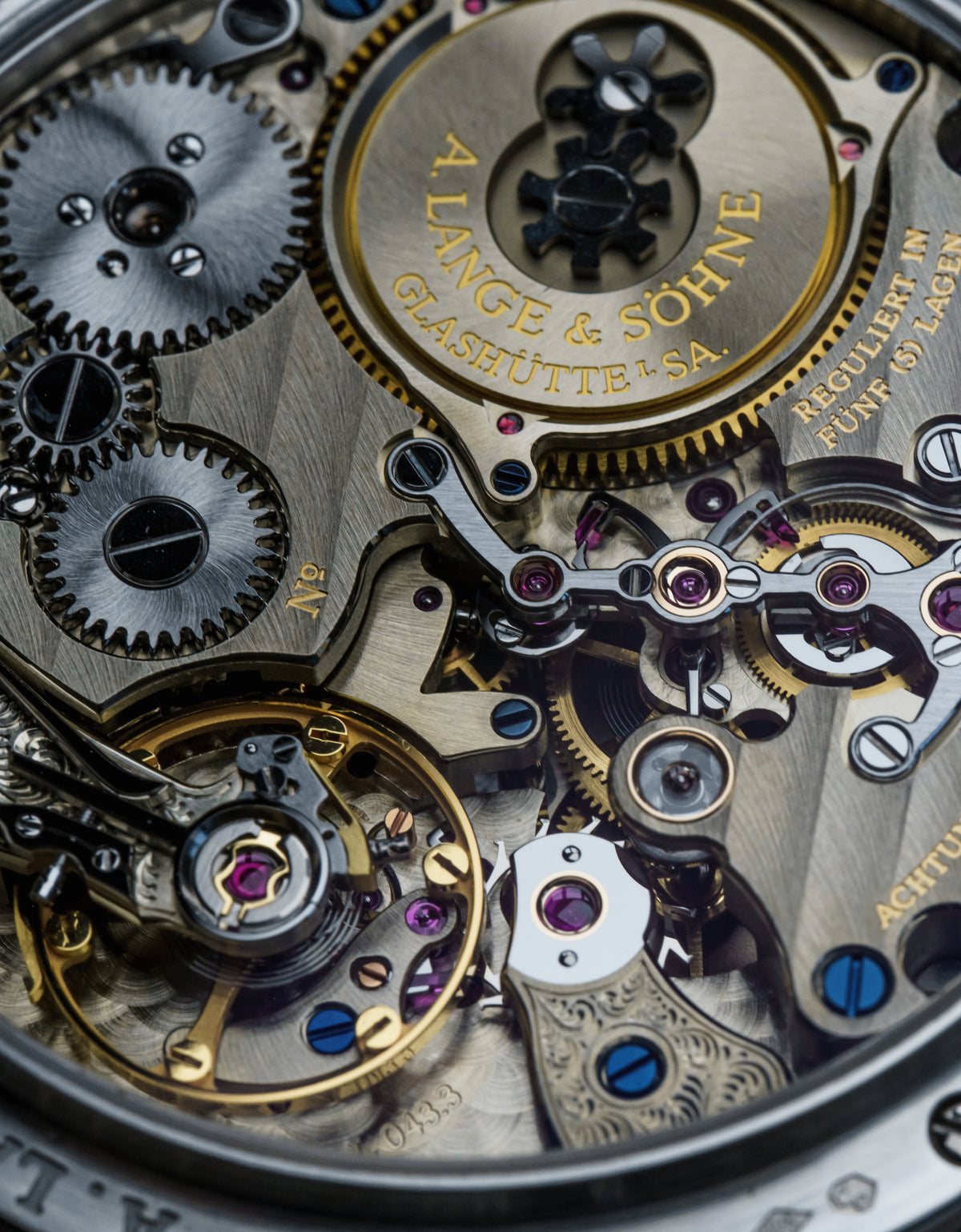







0 comments
Write a Comment